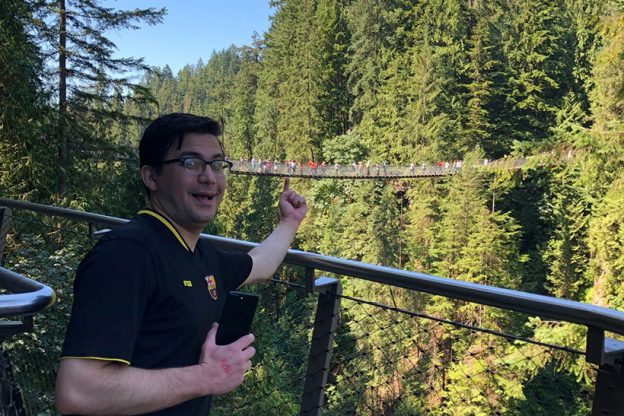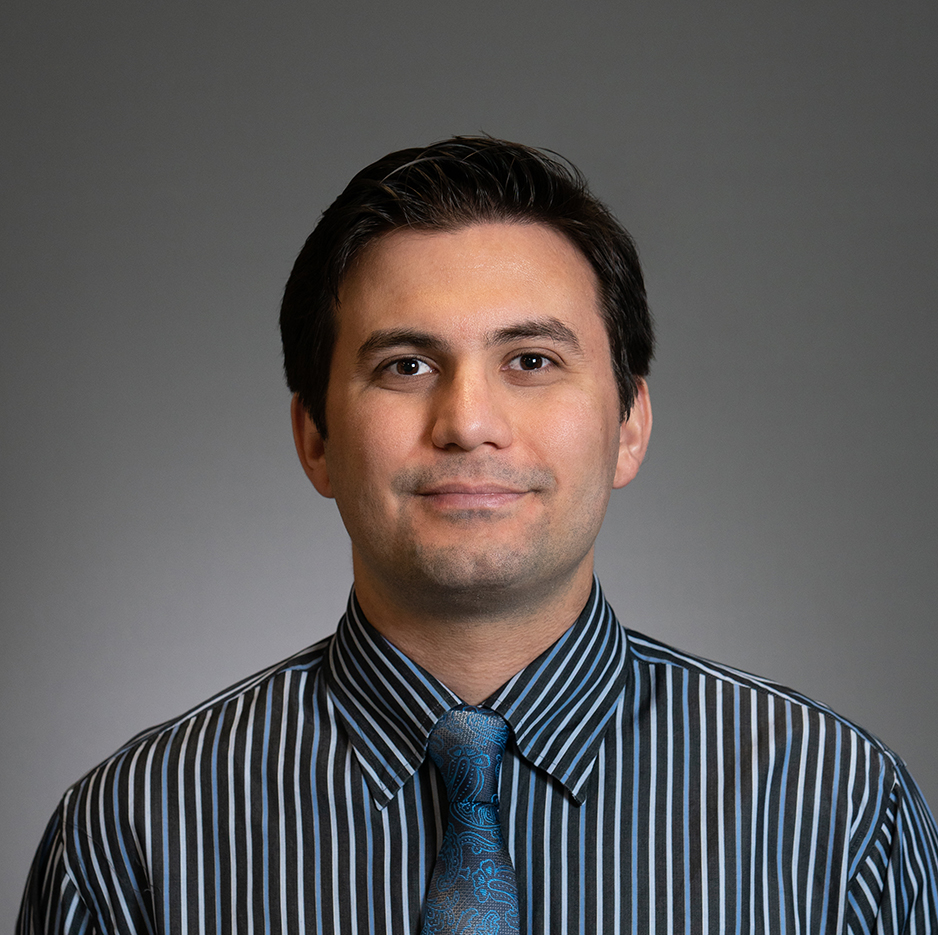
5 questions for Dr. Bobeck S. Modjtahedi
Bobeck Modjtahedi, MD, is 1 of 4 physicians appointed to the 2018 Southern California Permanente Medical Group Clinician Investigator Program. The program gives clinician researchers protected time in their schedule to conduct innovative research and use what they learn to transform medical practice. His research involves creating models that can predict a patient’s risk of vision-threatening forms of diabetic retinopathy several years in advance.
In addition, Dr. Modjtahedi has other studies in progress. He recently completed a study that looked at the outcomes of a 2-year pilot project to make glaucoma testing more convenient and efficient. The study was published in Clinical Ophthalmology.
Why did you choose to focus your medical practice and research on people’s vision?

Dr. Bobeck S. Modjtahedi
Many surveys have shown that patients are more afraid of vision loss than other serious illnesses and even death. Being able to see is of paramount importance for even the most basic tasks. Vision loss is associated with functional incapacity, economic losses, and psychological distress, including depression and anxiety.
One of the things that attracted me to the field of ophthalmology was the potential to tangibly improve the lives of my patients in a way that was immediately reflected in their quality of life. Patients’ general health is also reflected in their ophthalmic findings. As a vitreoretinal surgeon, I enjoy being able to participate in patients’ general health care. I can help diagnose and manage conditions ranging from lymphoma, autoimmune conditions, and infectious diseases in addition to common diseases like diabetes and hypertension.
Why did you pursue this current study?
Glaucoma is a leading cause of vision loss. Monitoring and managing patients with glaucoma is time and resource consuming for both patients and physicians. Patients undergo ongoing testing to ensure there are no signs of progression of the disease. Management decisions are made based largely on the results of imaging studies, especially early in the disease when patients are being assessed for damage to their optic nerves.
At the Eye Monitoring Center, which provides tele-ophthalmology services for the Southern California Permanente Medical Group, we decided to leverage the strengths of our medical group to create a novel and efficient health care delivery model. The goal was to create a system in which low-risk patients could get their screening done in a more efficient way. Patients were able to bypass visits with their doctor and instead come for a technician appointment. The technicians checked their visual acuity and intraocular pressure and did a scan of their optic nerve. This information was then sent to the Eye Monitoring Center and reviewed at the centralized reading center. This allowed care to be streamlined and standardized while decreasing the wait time for appointments. Patients no longer had to undergo lengthy doctors’ appointments and instead had quick “in-and-out” visits with a technician. These appointments were also more flexible and easier for patients to make—sometimes patients could come for these appointments after hours.
Patients received the results of their studies within a few days after they were reviewed by a physician. Patients who had evidence of glaucoma progression were brought to the clinic for additional testing and disease management.
What are the most important findings of your research into this program?
I think the most important thing is that patients liked the program. Patient appreciation for the program likely led to the very high patient retention—over 90% of eligible patients stayed in the program and attended their follow-up appointments. This far surpassed what has been described in the literature for regular clinic follow-up or other telemedicine programs outside of Kaiser Permanente Southern California, where closer to 66% patients adhere to follow-up recommendations. Also, our patient surveys showed that close to 90% of patients said they would recommend it to a friend.
Operationally what has happened since the pilot program launched?
We’ve already expanded the program to cover all Kaiser Permanente Southern California medical centers and we have about 8,000 patients enrolled. The program is continuing to grow. For physicians, this has tangibly changed the day-to-day management of many patients. Additionally, managing these patients within this tele-ophthalmology program has freed up physicians to be with the patients who need them most.
When you are not at work, how do you spend your free time?
I spend a lot of time reading about things outside of medicine including public policy and other scientific fields. I really enjoy the opportunity to spend time with my friends and family, who have a diverse set of interests. I learn a lot from this “cross-pollination” and exchange of ideas, which I can then apply to my work as a physician. When I have the opportunity, I like to spend time hiking, playing basketball, and traveling.





